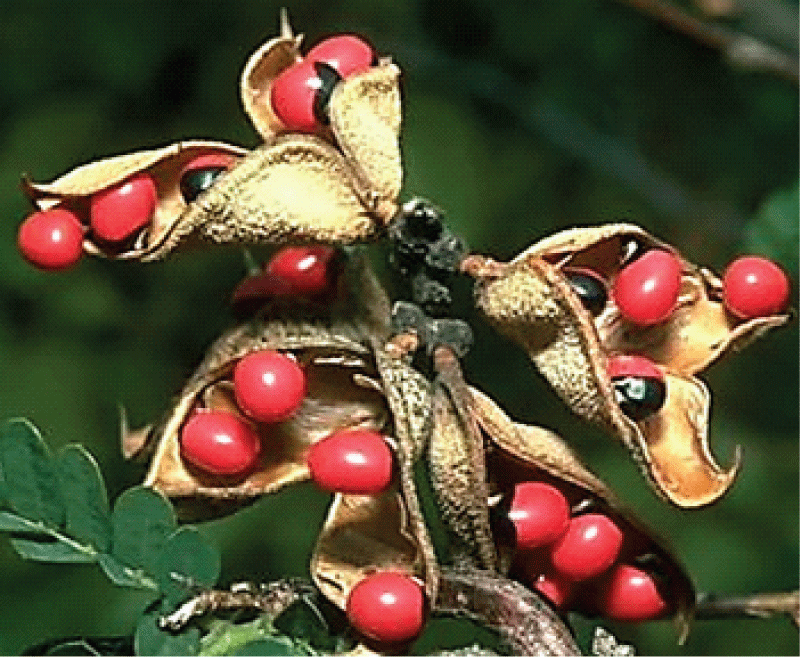要約
Abrus precatorius, sometimes referred to as jequirity bean or rosary pea, is a tropical and subtropical plant species that is extensively scattered all over. It is highly dangerous because of the presence of abrin, an exceptionally toxic protein. A. precatorius is a poisonous plant with great traditional and pharmaceutical value; therefore, to safely utilize its potential benefits, detoxification techniques are required. This review methodically examines the numerous detoxification strategies used in various media to lessen A. precatorius’s toxicity. There are various methods employed to detoxify the seeds which include cow’s milk, cow’s urine, fermented rice water, lemon juice, etc. The possible applications of detoxified A. precatorius in conventional medicine, pharmaceuticals, and agro-industrial sectors are also reviewed in this paper. Additionally, the paper also emphasizes new developments and potential paths for detoxification research, highlighting the necessity of creative solutions to maximize detoxification effectiveness while protecting bioactive components







